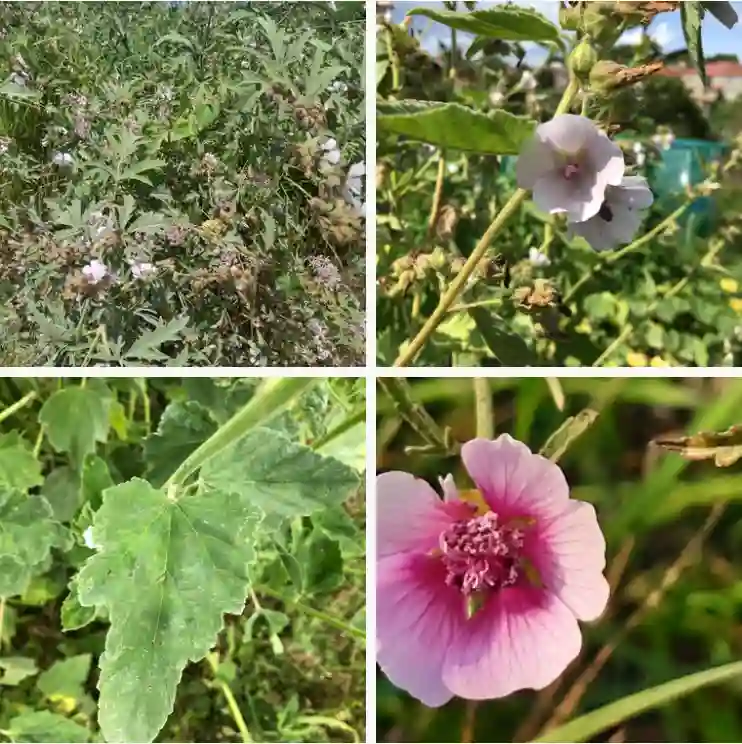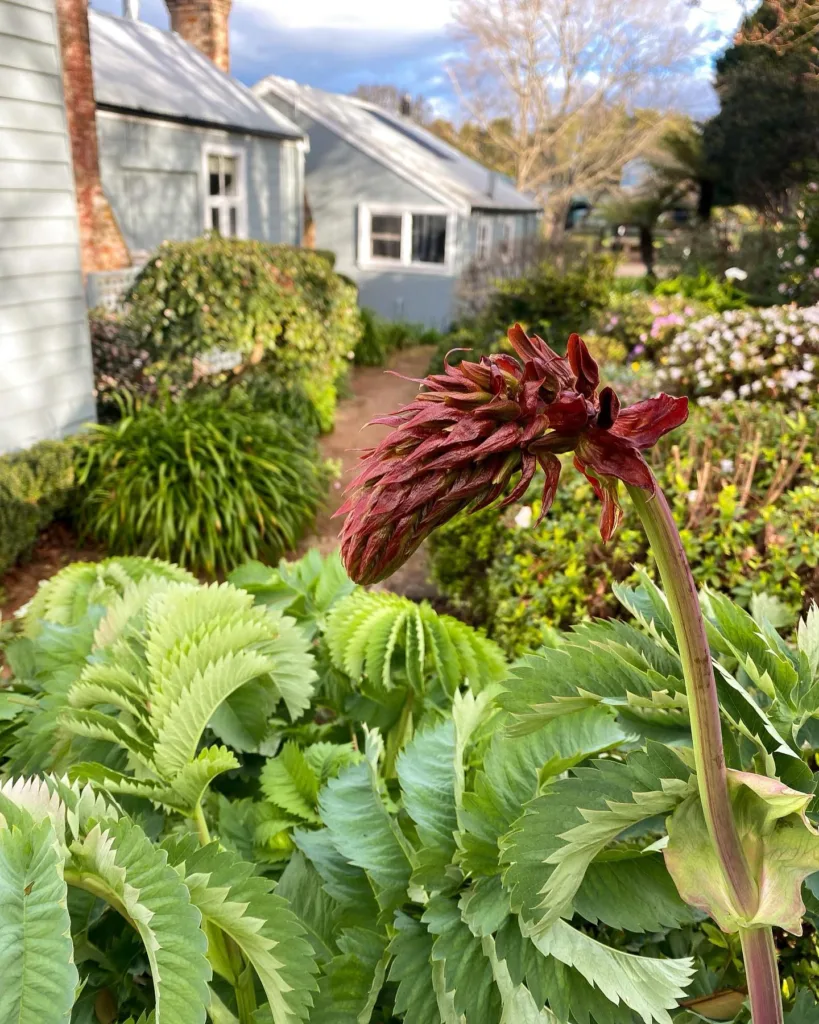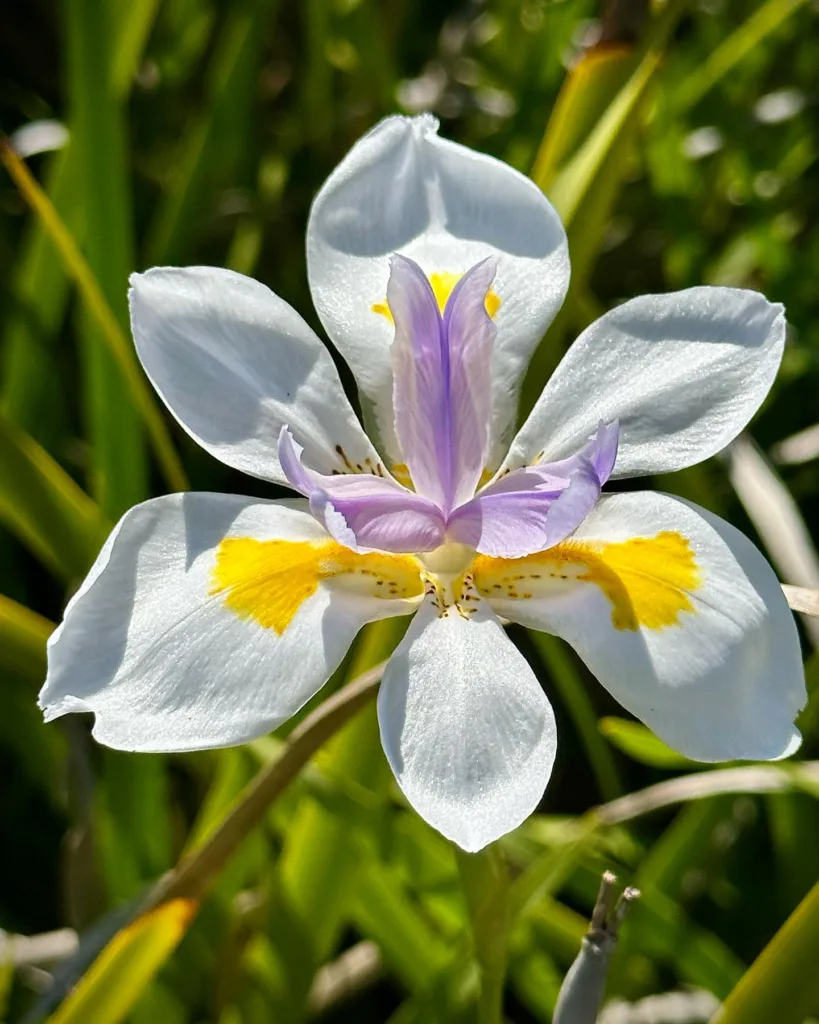
Tagetes Erecta: Frequently Asked Questions
When it comes to brightening up your garden with a splash of color, Tagetes Erecta, commonly known as the African Marigold, is a popular choice. Over the years, I’ve had a lot of questions about this vibrant plant, and I’ve gathered some of the most frequently asked ones to help you understand it better. Let’s dive into everything you need to know about Tagetes Erecta.
50 Species in Genus Tagetes
What Is Tagetes Erecta?
Tagetes Erecta is a flowering plant known for its striking, large blooms that can range from bright yellow to deep orange. It’s part of the Asteraceae family, which also includes sunflowers and daisies. Native to Mexico, this plant is renowned for its impressive size and long-lasting flowers, making it a favorite in many gardens.
Is Tagetes Erecta Annual or Perennial?
Tagetes Erecta is typically grown as an annual. This means it completes its life cycle within a single growing season, from germination to flowering and seed production. While it’s not a perennial in most climates, in regions with mild winters, it might persist longer. In colder areas, it’s best to treat it as an annual and replant each year.
Is Tagetes Erecta Edible?
Yes, Tagetes Erecta is edible. Its petals are often used in culinary applications for their vibrant color and slightly peppery flavor. In some cultures, they are used to garnish dishes or in salads. The plant’s leaves are also sometimes used in cooking, though they’re not as commonly consumed. Always ensure the plant hasn’t been treated with pesticides if you plan to eat it.
Is Tagetes Erecta Poisonous to Dogs?
Fortunately, Tagetes Erecta is not considered highly toxic to dogs. While it’s generally safe, ingestion of large amounts might cause mild gastrointestinal upset, such as vomiting or diarrhea. If you suspect your dog has ingested a significant quantity, it’s always best to consult your veterinarian for advice.
How to Care for Tagetes Erecta?
Caring for Tagetes Erecta is relatively straightforward. Here are a few tips based on my experience:
- Sunlight: This plant thrives in full sun, requiring at least 6 hours of direct sunlight per day.
- Soil: Well-draining soil is essential. They prefer slightly acidic to neutral pH levels.
- Watering: Water regularly, but avoid overwatering. Allow the soil to dry out slightly between waterings.
- Fertilizing: Use a balanced fertilizer to support blooming. A monthly feeding during the growing season can enhance flower production.
How to Propagate Tagetes Erecta?
Tagetes Erecta can be propagated through seeds. Here’s a simple method I use:
- Seed Collection: Collect seeds from mature flowers in the fall.
- Preparation: Start seeds indoors about 6-8 weeks before the last frost.
- Planting: Sow seeds in seed trays filled with seed-starting mix. Lightly cover with soil.
- Germination: Keep the soil moist and warm. Seeds usually germinate within 7-10 days.
- Transplanting: Once seedlings are strong enough and after the last frost, transplant them into your garden.
What to Plant With Tagetes Erecta?
Tagetes Erecta pairs well with a variety of plants. Some good companions include:
- Marigold Varieties: Mixing different marigold types, like Tagetes Patula, can create a stunning display.
- Vegetables: They are known to repel nematodes, so planting them near tomatoes or peppers can be beneficial.
- Herbs: They complement herbs such as basil and cilantro, adding both color and functionality to your garden.
Can You Grow Tagetes Erecta Indoors?
Growing Tagetes Erecta indoors is possible but requires careful attention. You’ll need a sunny spot with plenty of light, as these plants require full sun. A south-facing window or supplemental grow lights will help. Keep the indoor humidity levels in check and ensure good air circulation to prevent fungal issues.
Is Tagetes Erecta Toxic?
As mentioned earlier, Tagetes Erecta is not highly toxic. It’s considered safe for most pets, but as with any plant, it’s best to monitor your animals and ensure they don’t consume large amounts.
Benefits of Tagetes Erecta
In addition to their beauty, Tagetes Erecta offers several benefits:
- Pest Control: They are known to repel certain garden pests, including aphids and nematodes.
- Companion Planting: Their presence can enhance the growth of nearby plants, particularly vegetables.
- Medicinal Uses: Traditionally, parts of the plant have been used in herbal remedies.
Common Problems with Tagetes Erecta
Like any plant, Tagetes Erecta can face a few issues:
- Powdery Mildew: This fungal disease can affect marigolds, particularly in humid conditions. Ensure good air circulation and avoid overhead watering.
- Aphids: These pests can sometimes infest the plant. Regular inspection and treatment with insecticidal soap can help manage them.
Tagetes Erecta vs. Tagetes Patula
Comparing Tagetes Erecta with Tagetes Patula, also known as French Marigolds, highlights some differences:
- Size: Tagetes Erecta tends to be larger with bigger blooms, while Tagetes Patula is generally smaller and more compact.
- Bloom Types: Erecta’s flowers are often more rounded, whereas Patula’s flowers can be more varied in shape and often have a more diverse color range.
- Growth Habit: Erecta is usually more upright and can grow taller, whereas Patula tends to be bushier and shorter.
Understanding these aspects can help you decide which variety fits best into your garden design. Whether you’re adding a splash of color to your garden or exploring new culinary possibilities, Tagetes Erecta offers plenty of options for gardeners.
If i die, water my plants!



